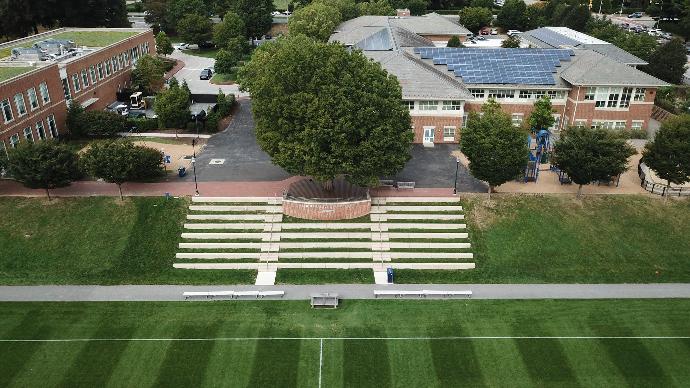
Historical reproductions using architectural precast stone can offer several benefits in construction projects. Some of the benefits of using architectural precast stone for historical reproductions include:
- Authentic appearance: Architectural precast stone can be custom-crafted to accurately replicate the appearance and texture of natural stone, making it an ideal choice for historical reproductions. It can match the original materials and design elements of historical buildings, preserving their authenticity and aesthetic appeal.
- Design versatility: Architectural precast stone can be molded into a wide range of shapes, sizes, and textures, allowing for intricate and detailed historical reproductions. It can be used to replicate various architectural features, such as cornices, moldings, columns, balustrades, and other decorative elements, allowing for design flexibility and customization to match the historical building’s original design.
- Cost-effective: Architectural precast stone can be more cost-effective than using natural stone for historical reproductions. It can be manufactured in a controlled environment, reducing the need for on-site stone cutting and shaping, and resulting in more precise and efficient production processes. This can lead to cost savings in terms of labor, time, and materials compared to using natural stone, which can be expensive and require specialized skills for cutting and shaping.
- Durability: Architectural precast stone is known for its durability and resistance to weathering, UV radiation, and other environmental factors. It can withstand the test of time and require minimal maintenance, making it suitable for historical reproductions where long-term durability is desired.
- Ease of installation: Architectural precast stone is typically delivered to the construction site ready for installation, which can simplify the installation process compared to natural stone, which requires on-site cutting and shaping. Precast stone elements can be installed efficiently and accurately, reducing construction time and labor costs.
- Consistency and quality control: Architectural precast stone is manufactured in a controlled environment, allowing for consistent quality and appearance across all elements. This can ensure that the historical reproduction maintains a consistent and cohesive appearance, which may be difficult to achieve with natural stone that can have natural variations.
- Sustainable: Architectural precast stone can be manufactured using sustainable practices, such as using recycled materials, optimizing energy use, and reducing waste during production. Additionally, precast stone’s durability and minimal maintenance requirements can contribute to a sustainable and environmentally-friendly construction solution.
In summary, using architectural precast stone for historical reproductions can offer benefits such as authentic appearance, design versatility, cost-effectiveness, durability, ease of installation, consistency, quality control, and sustainability. These advantages make architectural precast stone a popular choice for replicating the look and feel of historical buildings while offering modern construction efficiencies and performance.